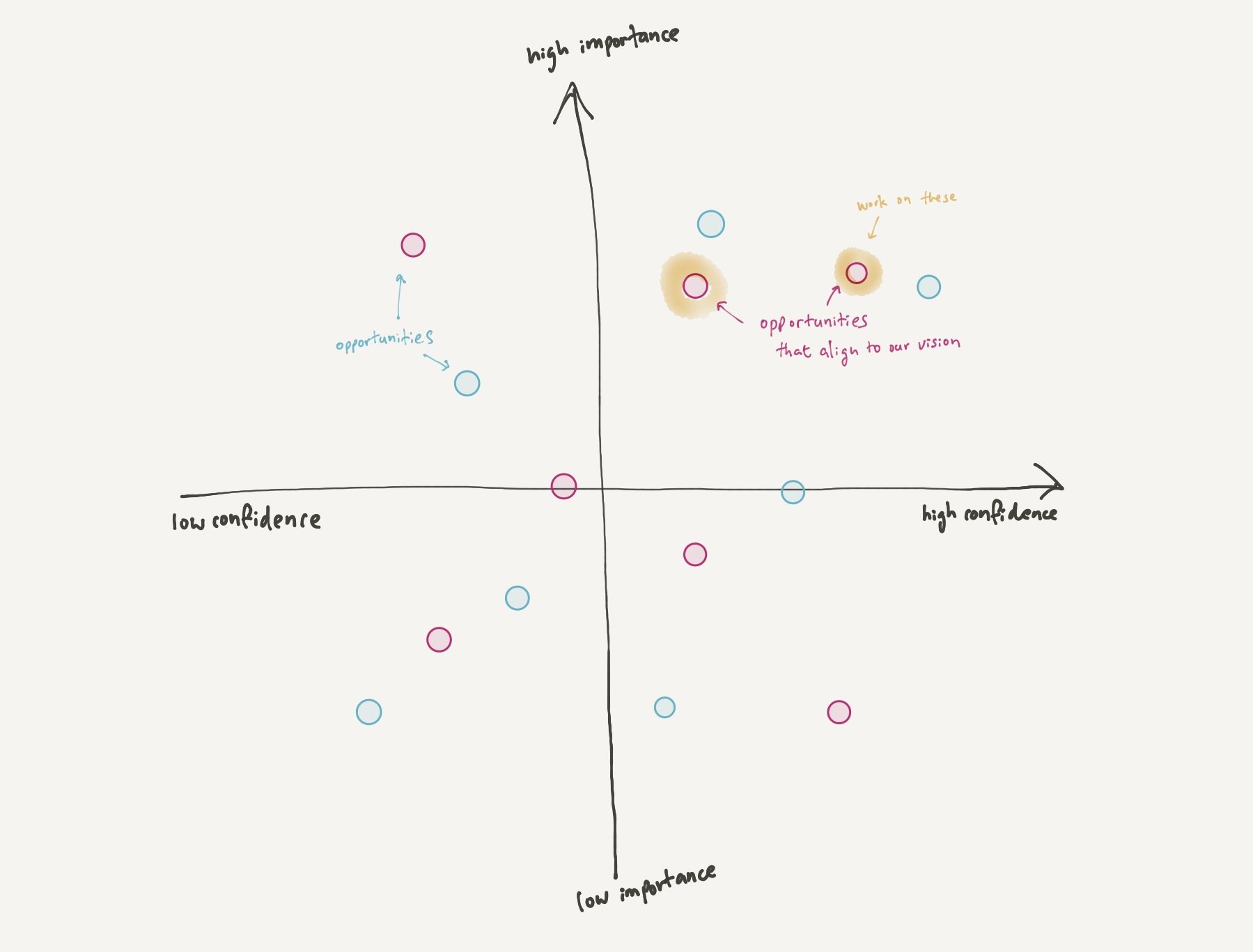Tag: product
-

Investing to catchup vs leapfrog
It helps to find your own path to success. Good read about investing on catchup vs investing to leapfrog. …if your competitor’s boat gets ahead of you at the starting line, the instinct is to chase it. To tack where it tacks on the same path. But if you do, you will always be behind,…
-

Business outcomes vs customer outcomes
My parents grow a bunch of fruits and vegetables at home. Their little garden produces about 1000 oranges, all at the same time. So my mum calls around to see if any of her family and friends will take some off her hands. My parents would make trips to all their friends’ places with boxes…
-

A litmus test for strategy
Recently, I was questioning why I felt uneasy about some strategy talks I’ve been having with my peers. While something felt off, I was unable to articulate the why. Things didn’t come together till my friend, Scott Horn, threw in this great heuristic. It is a wonderful litmus test if you are thinking strategically about…
-

Product development is like…
…driving a car. Sometimes, the path is clear. You can see far ahead. You can go fast.Other times, the road is windy. You have to take it slow.Some roads lead nowhere. Some are shortcuts. What’s important is to keep the destination in mind.And enjoy the ride.
-
Why Design is Important
A lot of the time, design is a step that is left up to the developer working on a feature. He/she is given full liberty to make a decision on the user interface. Often, there is not enough to make an informed decision on the UI, even though he may be capable of coming up…
